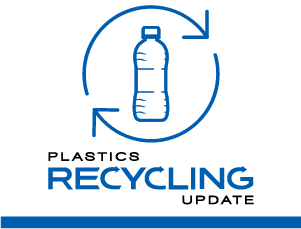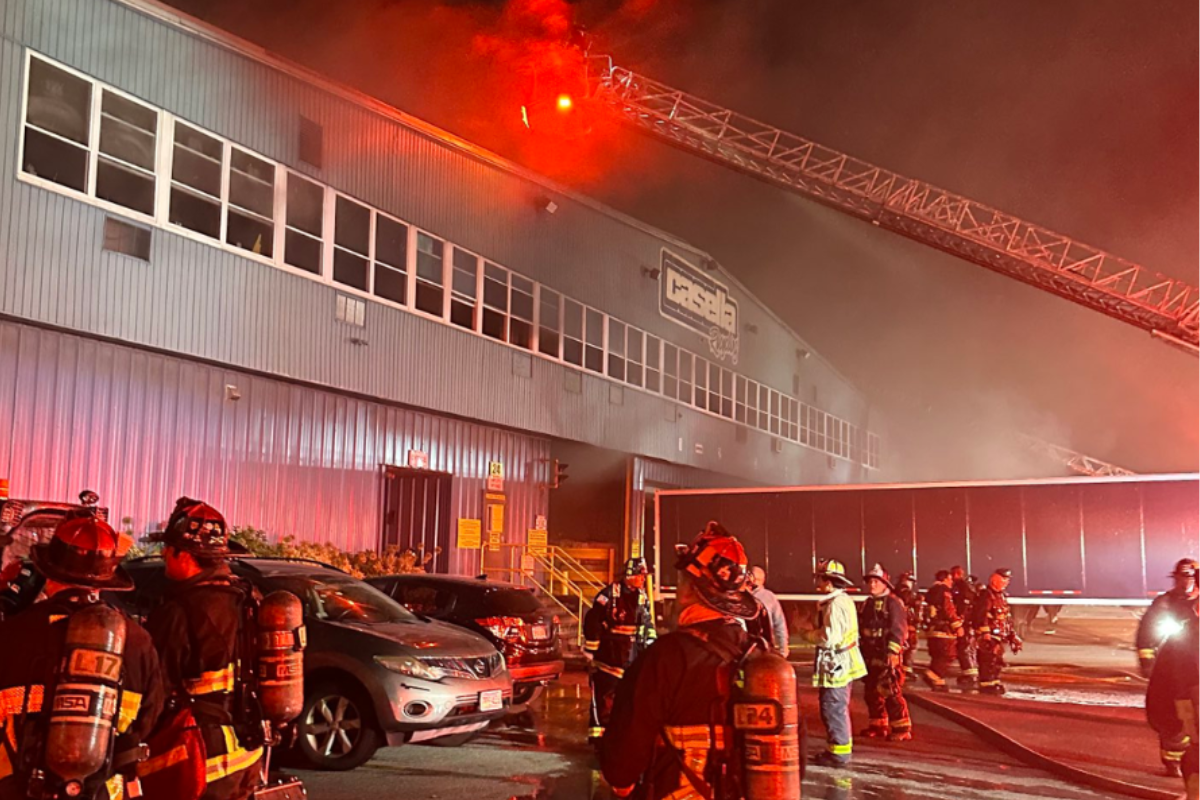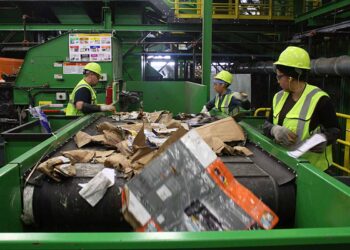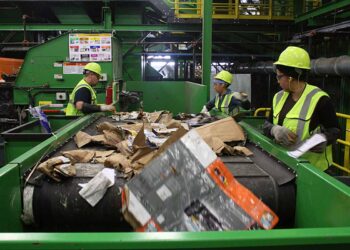Across North America, recycling and waste management facilities are experiencing an increase in reported fires, with 2025 predicted to reach a new annual high. A recent special report by Fire Rover highlights this trend, attributing the record-high reported numbers and escalating financial risks to factors such as lithium-ion batteries, escalating demands from insurers and inadequate control measures.
New data compiled by Fire Rover indicates that publicly reported recycling facility fires jumped by 58%, from 272 in 2016 to 430 in 2024, with a record-breaking 104 incidents already reported in the first quarter of 2025. The report also notes that fire counts during months with a historically lower risk (like January and February) have surged, indicating a flattening of traditional seasonal trends.
The 104 fire incidents so far in 2025 span across six distinct types of recycling and processing facilities. This diversity of locations, the report says, “illustrates that the battery threat is not confined to any single commodity stream.” What the report stresses is that as long as lithium-ion batteries keep appearing in streams, they risk being crushed or punctured on tipping floors, and sparking fires in adjacent flammable materials such as cardboard, plastics and rubber.
As these fire risks rise, recycling facilities are having an increasingly difficult time securing insurance coverage. According to the report, each major incident prompts insurers to raise premiums, tighten terms or leave the market altogether. Underwriters are now demanding proof of engineered fire controls, documented response protocols and staff training before offering or renewing coverage. Facilities without these safeguards face higher deductibles and, in some cases, may be denied coverage all together. The report also notes that some operators have negotiated significant premium reductions, up to five times the cost of fire suppression systems, by installing technology that reduces fire severity and provides verifiable incident data.
Overall, the report emphasizes that as fire incidents grow more frequent and complex, reducing risk requires more than reactive measures. With insurers raising the bar and lithium-ion batteries remaining a persistent hazard, facilities that invest in smart suppression technologies and staff readiness can be best positioned to protect both their operations and their bottom line.





















